Optimal Timing for Foundation Repairs
Foundation repairs are most effectively performed during specific times of the year when environmental conditions are optimal. Temperature fluctuations, moisture levels, and ground conditions can influence the success and longevity of repairs. Understanding the best timing for foundation work can help ensure stability and durability.
Spring offers moderate temperatures and increased moisture, which can facilitate certain foundation repair methods. However, excessive rain can delay projects.
Summer provides longer daylight hours and generally dry weather, making it suitable for many repair activities. Extreme heat can pose challenges for some materials.
Fall is ideal due to cooler temperatures and less rainfall, allowing repairs to settle before winter.
Winter is generally less suitable because cold temperatures can hinder curing processes and ground movement.
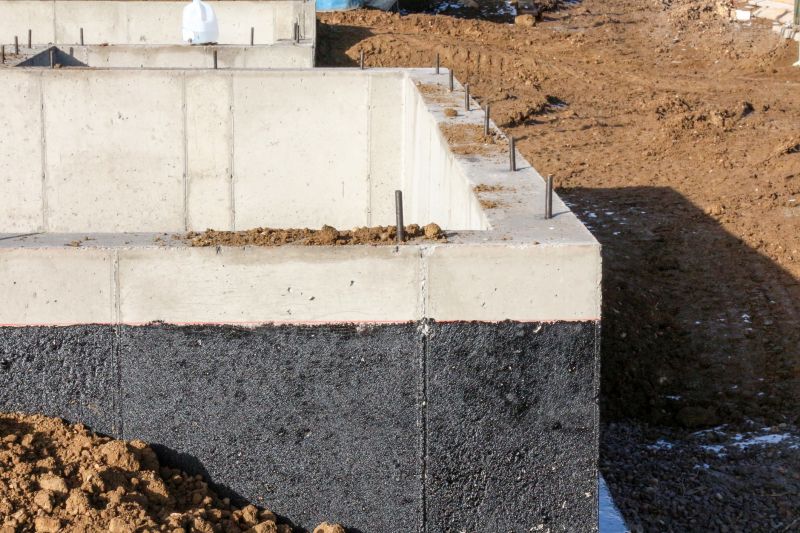
Springtime foundation repairs take advantage of moderate weather and moisture levels.
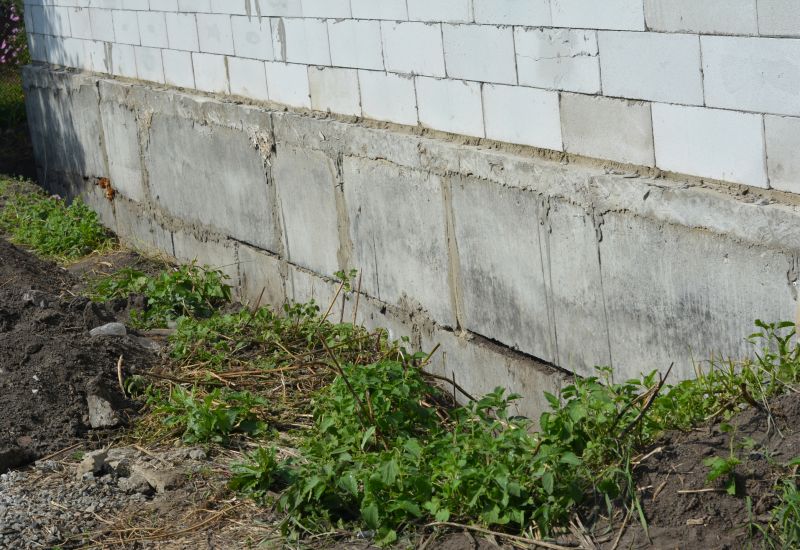
Summer repairs benefit from dry conditions and extended daylight hours.
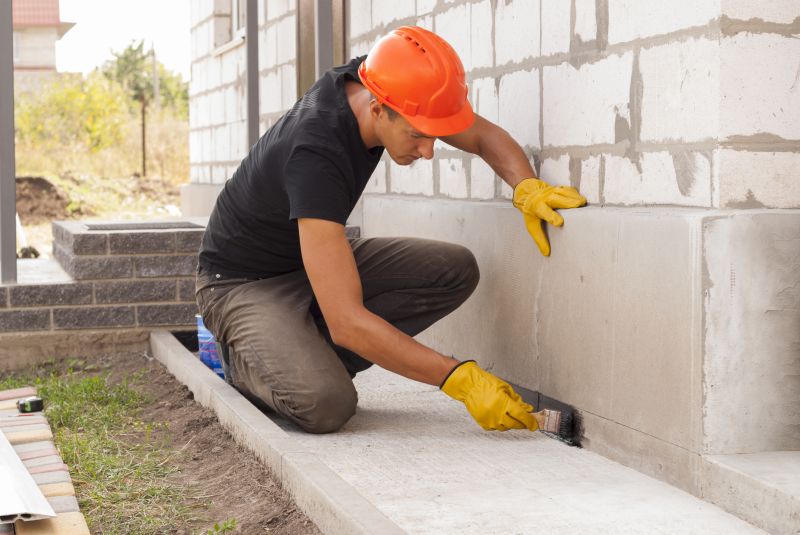
Fall offers cooler, stable weather ideal for foundation stabilization.
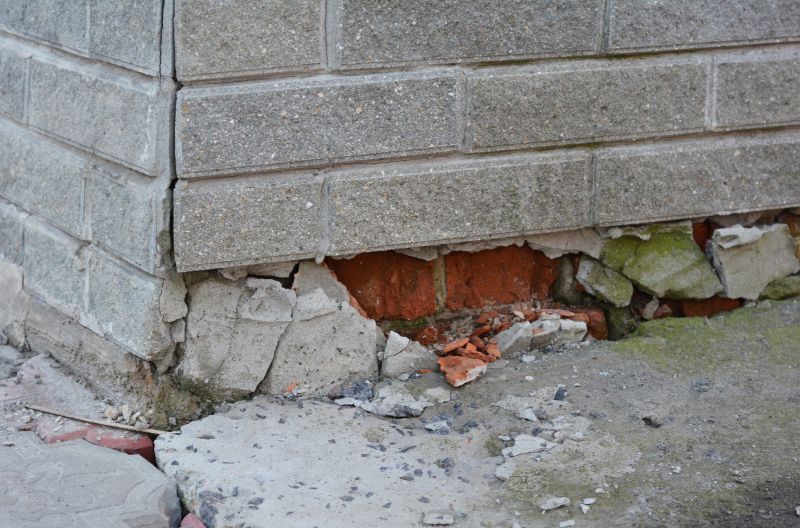
Winter is less favorable due to cold temperatures and ground freezing.
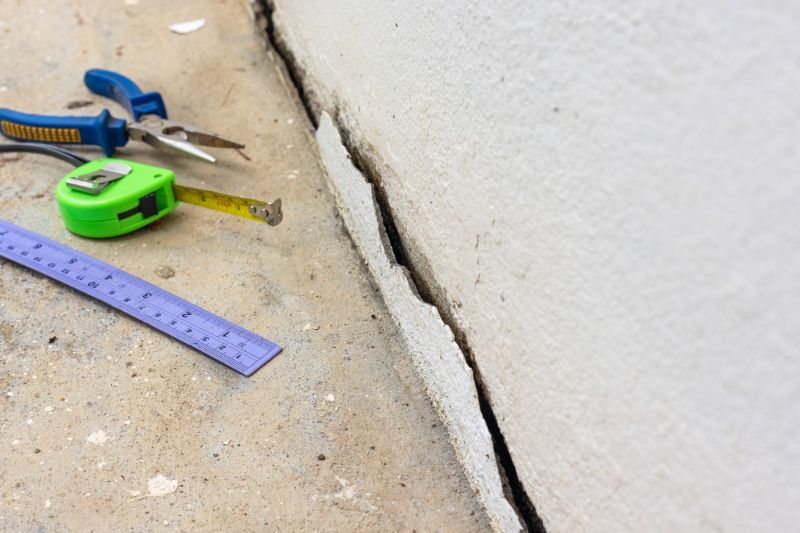
Ways to make Foundation Repairs work in tight or awkward layouts.
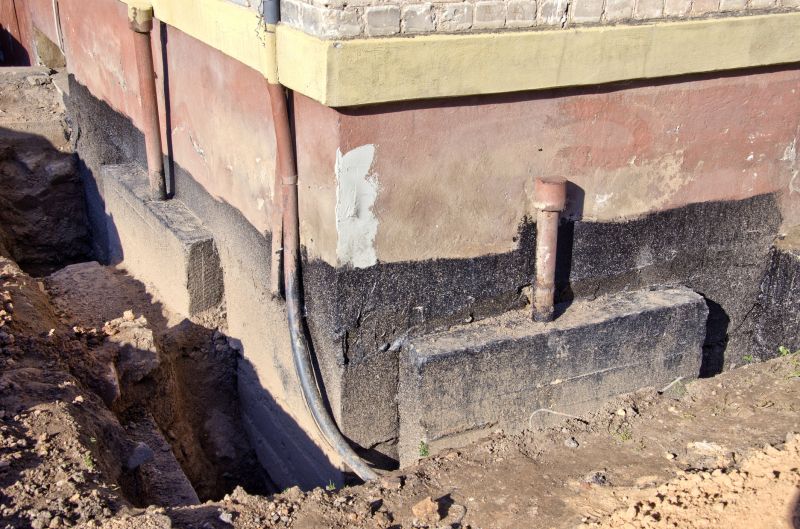
Popular materials for Foundation Repairs and why they hold up over time.
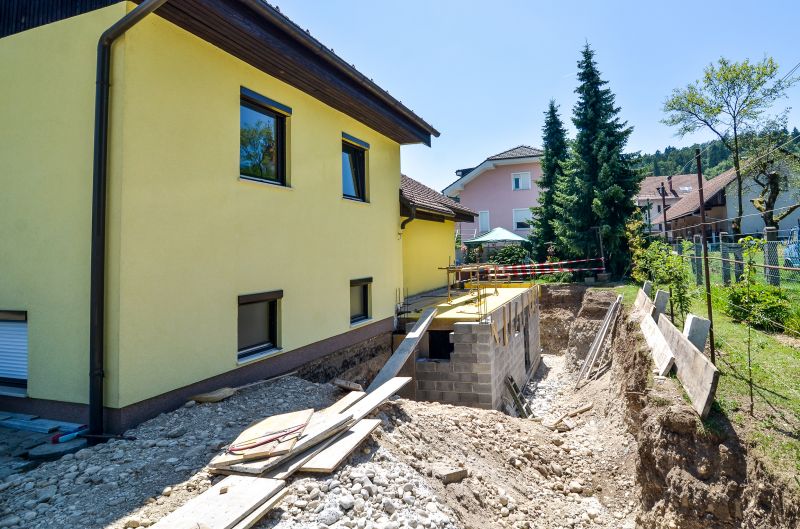
Simple add-ons that improve Foundation Repairs without blowing the budget.
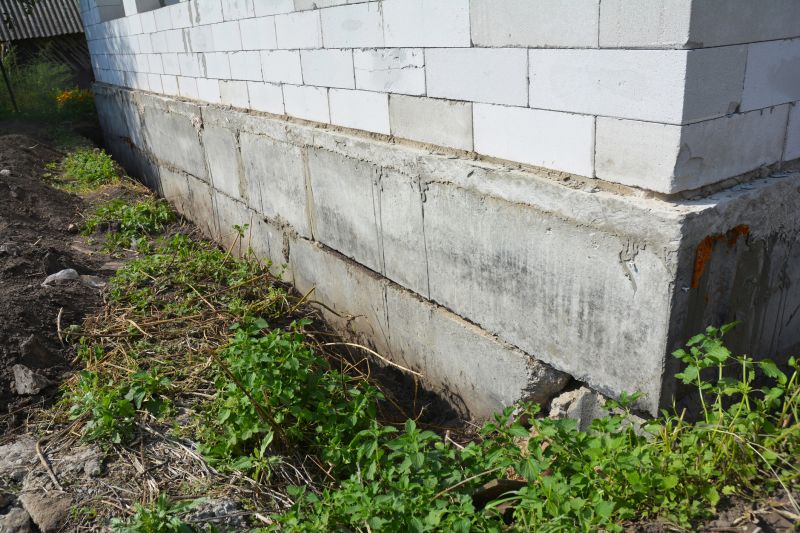
High-end options that actually feel worth it for Foundation Repairs.
| Season | Advantages |
|---|---|
| Spring | Moderate temperatures and increased moisture aid repairs. |
| Summer | Dry weather and long days facilitate work. |
| Fall | Cooler temperatures and less rain are optimal. |
| Winter | Typically not recommended due to cold and ground freezing. |
Foundation repairs involve correcting issues such as settling, cracking, or shifting that can compromise the stability of a structure. Proper timing ensures that repairs are effective and long-lasting. Seasonal factors like ground moisture, temperature, and weather patterns influence the success of foundation stabilization methods. For instance, moisture levels are crucial; excessive dryness or wetness can affect soil movement and the soil’s ability to support repairs.
Statistics indicate that foundation issues are among the most common structural problems in residential buildings, with a significant percentage developing during periods of extreme weather. Performing repairs during favorable seasons can reduce the risk of future problems and extend the lifespan of the foundation. Proper planning based on seasonal conditions can lead to more efficient and durable repairs.
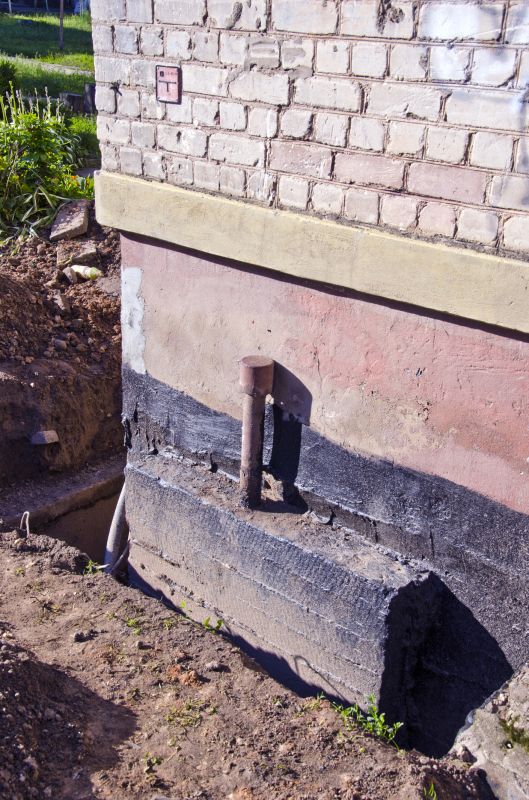
Seasonal conditions significantly impact foundation repair procedures.

Optimal timing helps ensure soil stability during and after repairs.

Weather conditions influence the curing process of injected materials.
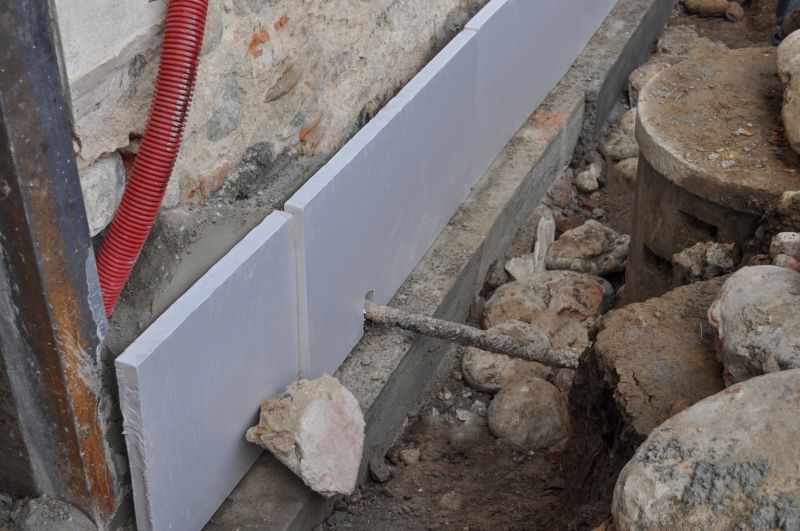
Performing these methods in suitable weather prevents future shifting.
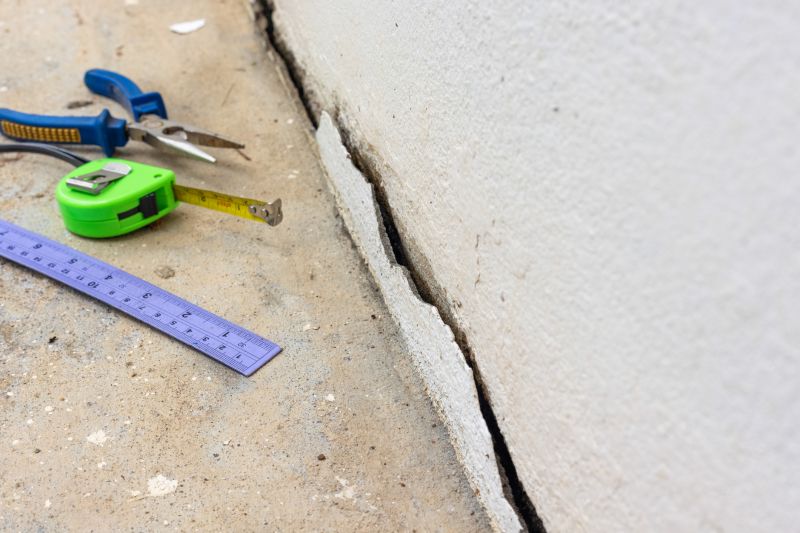
Finishes and colors that play nicely with Foundation Repairs.
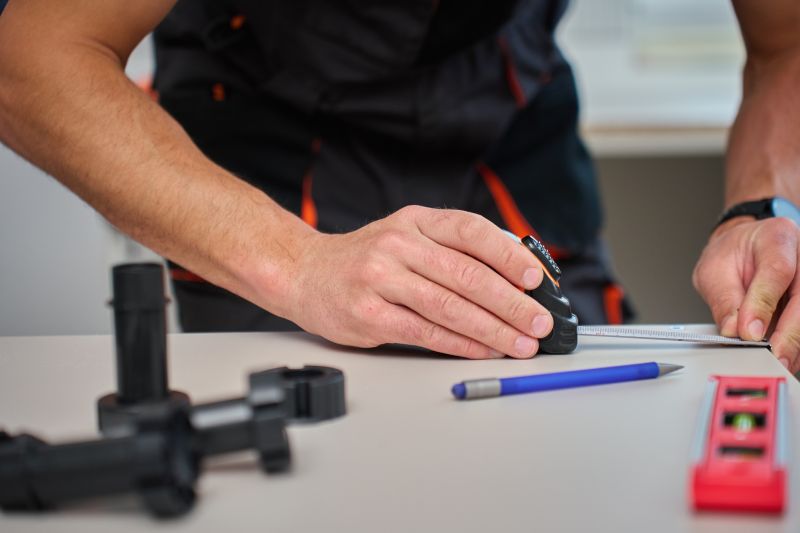
Little measurements that prevent headaches on Foundation Repairs day.
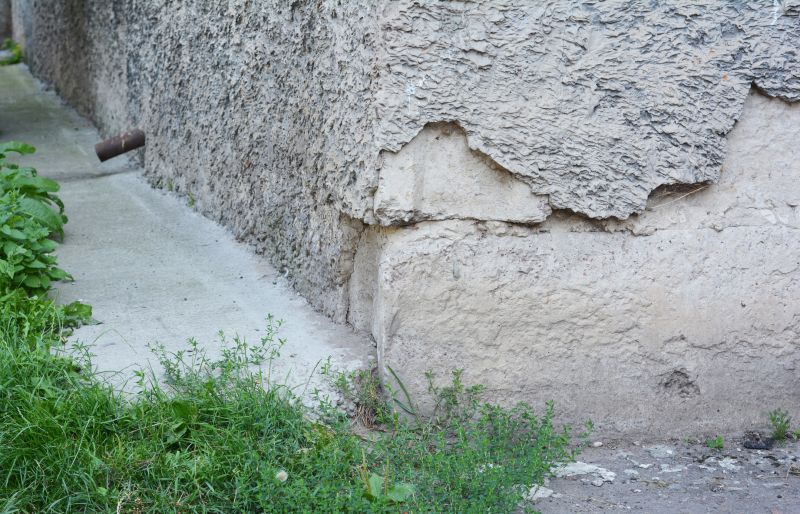
A 60-second routine that keeps Foundation Repairs looking new.
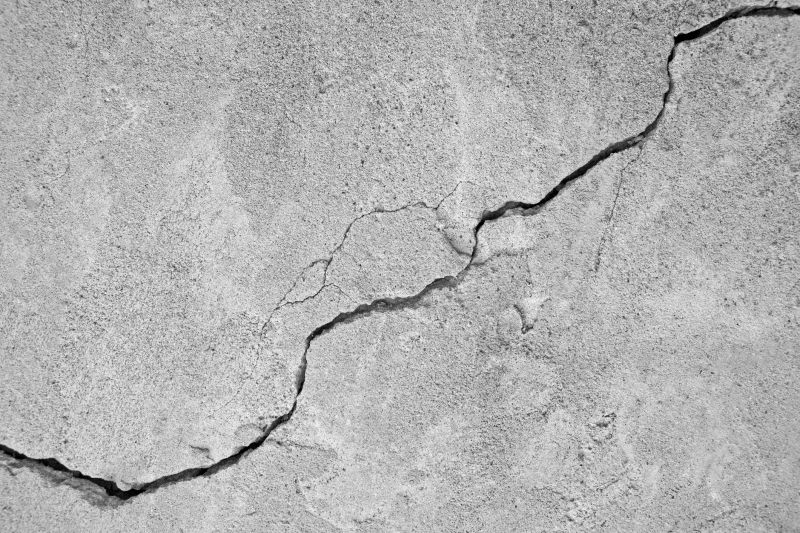
A frequent mistake in Foundation Repairs and how to dodge it.
If foundation issues are suspected, it is advisable to contact a foundation specialist to assess the situation. Early intervention can prevent further damage and costly repairs. Interested parties are encouraged to fill out the contact form to discuss options and schedule an inspection tailored to seasonal considerations.

